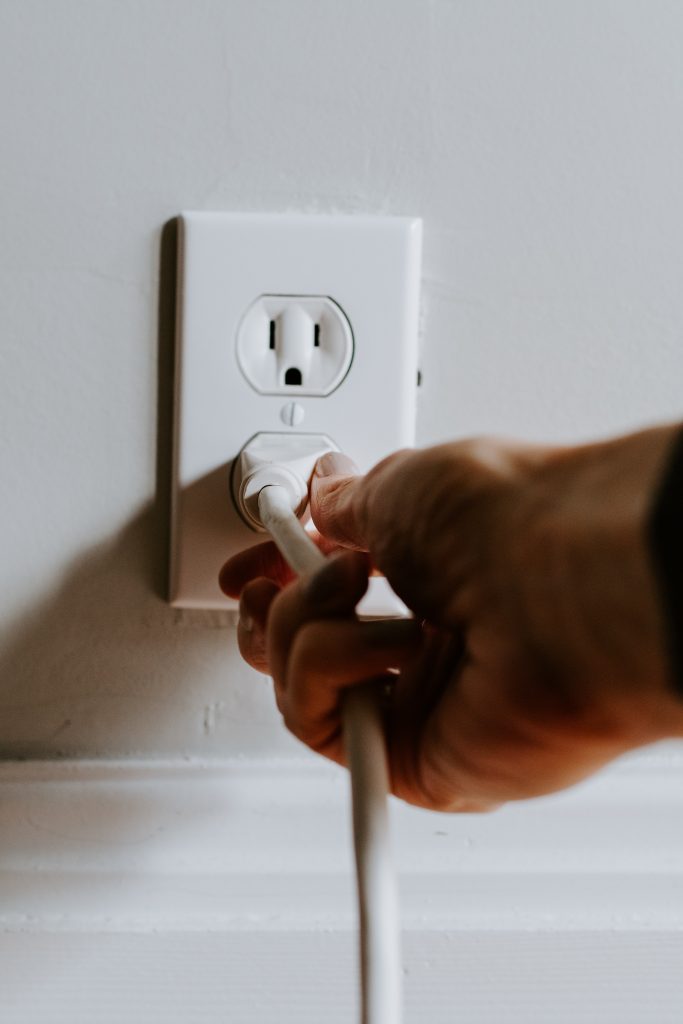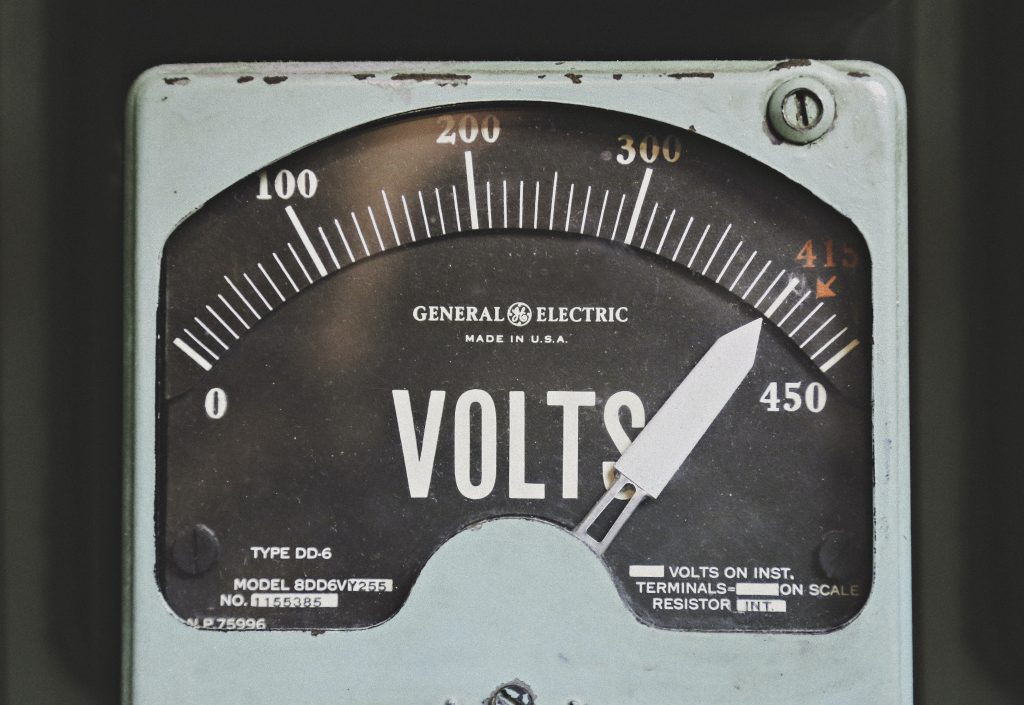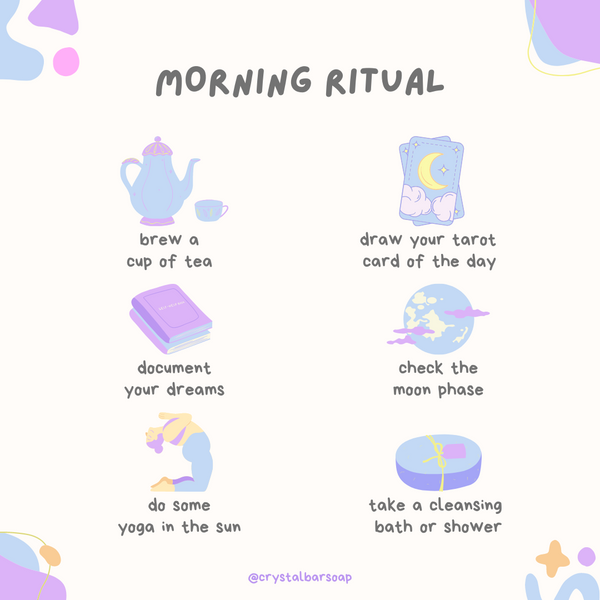Have you ever wondered why some people seem to effortlessly achieve their goals and live the life of their dreams? It’s not luck or coincidence, but rather a powerful tool called visualization, which can amplify the effects of affirmations. Visualization is the process of creating detailed mental images of your desired outcome, and when combined with affirmations – positive statements about yourself and your goals – it becomes a dynamic duo that can transform your life. In this article, we will explore the power of visualization, how it works, and how you can harness its potential to manifest your deepest desires. Get ready to unlock the secrets of visualization and witness the incredible impact it can have on your life.

This image is property of images.unsplash.com.
The Importance of Visualization
Visualization is a powerful tool that allows you to create a mental image of your goals, desires, and aspirations. It stimulates your imagination and engages your senses, helping you to manifest your dreams into reality. By visualizing your desired outcomes, you can tap into the subconscious mind and unleash its potential.
Understanding Visualization
Visualization is the practice of creating vivid mental images of what you want to achieve. It involves using your imagination to see, hear, feel, and even taste and smell the experience as if it has already happened. It is a form of mental rehearsal that helps to align your thoughts, emotions, and actions with your desired outcome.
How Visualization Works
When you visualize, you activate the same neural pathways in your brain that are stimulated when you actually experience something. These mental images send signals to your subconscious mind, which then starts to work towards making those images a reality. Visualization helps to program your mind for success, as it influences your beliefs, thoughts, and actions in a positive way.
Benefits of Visualization
Visualization offers numerous benefits that can enhance various aspects of your life. Firstly, it boosts your confidence and self-belief by allowing you to see yourself achieving your goals. It also enhances motivation and perseverance, as you can clearly see the rewards that await you. Visualization can reduce stress and anxiety by providing a mental escape to a positive and peaceful place. It can also improve focus and concentration, as you train your mind to stay focused on the desired outcome.
Combining Visualization and Affirmations
Affirmations are positive statements that reinforce your beliefs and reinforce desired outcomes. When combined with visualization, they create a powerful synergy that amplifies the effects of both practices.
Understanding Affirmations
Affirmations are essentially positive self-talk. They are statements that you repeat to yourself in order to reinforce positive beliefs and promote self-confidence. Affirmations can help you overcome negative thinking patterns and replace them with positive ones.
Why Visualize with Affirmations?
By combining affirmations with visualization, you are reinforcing positive thoughts with visual imagery. This creates a stronger connection between your conscious and subconscious mind, making it easier for you to manifest your desires. Affirmations provide the words and mindset, while visualization provides the vivid mental images.
The Synergy between Visualization and Affirmations
Visualization and affirmations work together to create a powerful manifestation tool. When you visualize your desired outcome, you are more likely to believe in its possibility. Affirmations then reinforce that belief, creating a harmonious cycle of positive thoughts and emotions. This synergy helps to align your conscious and subconscious mind, increasing the chances of success.

This image is property of images.unsplash.com.
Techniques for Effective Visualization
While visualization is a natural ability, there are techniques that can enhance its effectiveness and bring you closer to your desired outcomes.
Creating a Clear Mental Image
To effectively visualize, it is important to create a clear mental image of what you want to achieve. Take the time to imagine every detail, using all your senses. See the colors, hear the sounds, feel the textures, and even smell and taste the experience. The clearer the image, the more real it becomes to your subconscious mind.
Engaging All the Senses
Engaging all your senses in the visualization process helps to strengthen the neural connections in your brain. The more senses you involve, the more real the experience feels to your mind. Close your eyes and imagine the scene as vividly as possible, allowing yourself to fully immerse in the visualization.
Repetition and Consistency
Consistency is key when it comes to visualization. Set aside dedicated time each day to visualize your desires. Repetition helps to reinforce the image in your mind and strengthen the neural pathways associated with it. The more often you visualize, the more the image becomes embedded in your subconscious.
Using Affirmations to Enhance Visualization
Affirmations can greatly enhance the effectiveness of your visualization practice. By crafting affirmations specifically for your desired outcomes, you can reinforce your beliefs and align your thoughts with your visualization.
Crafting Affirmations for Visualization
When creating affirmations, it is important to use positive, present tense statements. For example, instead of saying “I will be successful,” say “I am successful.” Make your affirmations personal and specific to your goals, using words that resonate with you.
Positive Language and Present Tense
Using positive language in your affirmations helps to reinforce positive beliefs. Instead of focusing on what you don’t want, focus on what you do want. Use present tense statements to create a sense of immediacy and ownership over your desires.
Repetition and Emotion
Repeat your affirmations regularly, preferably daily, to strengthen their impact. It is also important to infuse your affirmations with emotion. Feel the emotions associated with achieving your goals as you say your affirmations, as this helps to strengthen the neural connections in your brain.

This image is property of images.unsplash.com.
Visualizing Short-Term Goals
Visualization is a powerful tool for achieving short-term goals. By visualizing the journey and outcomes, you can stay motivated and focused on your objectives.
Setting Clear and Specific Goals
Before you can effectively visualize your short-term goals, you need to clearly define what they are. Write down your goals and be specific about what you want to achieve. The more clearly you articulate your goals, the easier it becomes to visualize them.
Visualizing the Journey and Outcomes
When visualizing short-term goals, focus on both the journey and the outcomes. Imagine yourself taking the necessary steps and making progress towards your goals. Visualize the steps you need to take, the challenges you may face, and the ultimate rewards that await you.
Celebrating Success
As you visualize your short-term goals, don’t forget to include images of celebration and success. Imagine yourself celebrating the achievement of your goals and bask in the feelings of accomplishment. By incorporating celebration into your visualizations, you reinforce positive emotions and motivations.
Visualizing Long-Term Success
In addition to short-term goals, visualization can also be used to manifest long-term success. By creating a vision board and regularly revisiting and updating your vision, you can stay aligned with your long-term aspirations.
Creating a Vision Board
A vision board is a visual representation of your long-term goals and desires. It can be a physical board or a digital collage that includes images, words, and symbols that represent what you want to achieve. Place your vision board in a prominent place where you can see it every day.
Revisiting and Updating Your Vision
Regularly revisit and update your vision board to keep it relevant and aligned with your evolving goals. As you achieve certain milestones or shift your focus, make adjustments to your vision board. By keeping your vision board up to date, you maintain a strong connection to your long-term aspirations.
Aligning Actions with Visualization
While visualization is a powerful practice, it is important to remember that it is not a substitute for taking action. Use your visualizations as inspiration and guidance, and then take the necessary steps to turn them into reality. Align your actions with your visualizations to bridge the gap between where you are now and where you want to be.
Visualization for Overcoming Challenges
Visualization is not only beneficial for achieving goals, but also for overcoming challenges. By visualizing solutions and alternatives, you can enhance your problem-solving skills and build emotional resilience.
Facing and Overcoming Obstacles
When faced with obstacles, it can be easy to get discouraged and lose sight of your goals. Visualization can help you overcome these challenges by allowing you to see yourself finding solutions and overcoming obstacles. Visualize yourself facing the obstacle head-on, and visualize the steps you take to overcome it.
Visualizing Solutions and Alternatives
In addition to visualizing the process of overcoming obstacles, it is also important to visualize potential solutions and alternatives. By focusing on positive outcomes and possibilities, you train your mind to seek opportunities in difficult situations. This can help you navigate challenges with a sense of optimism and resourcefulness.
Building Emotional Resilience
Visualization can also help to build emotional resilience in the face of challenges. By visualizing yourself staying calm, focused, and composed during difficult times, you reinforce positive emotional states. This can help you maintain a strong mindset and prevent negative emotions from derailing your progress.
Visualization for Health and Well-being
Visualization can be a powerful tool for improving your overall health and well-being. By visualizing a healthy body and mind, reducing stress, and promoting relaxation, you can enhance your physical and mental well-being.
Visualizing a Healthy Body and Mind
Close your eyes and visualize yourself in a state of optimal health and well-being. See yourself with a strong and vibrant body, filled with energy and vitality. Imagine yourself engaging in healthy activities, eating nutritious foods, and taking care of your mental and emotional well-being.
Reducing Stress and Promoting Relaxation
Visualization can also be used as a relaxation technique to reduce stress and promote relaxation. Close your eyes and imagine yourself in a peaceful and serene environment. Visualize yourself breathing deeply and letting go of any tension or stress in your body. By regularly practicing relaxation visualizations, you can cultivate a sense of calm and reduce stress levels.
Healing and Recovery
Visualization can be a powerful tool for healing and recovery. Whether you are dealing with physical or emotional challenges, visualizing the healing process can have a positive impact on your well-being. See yourself healing and recovering, visualize the steps you need to take, and evoke feelings of healing and restoration.
Applying Visualization in Relationships
Visualization can also be applied to enhance your relationships with others. By visualizing positive interactions, building trust and emotional connection, and resolving conflicts through visualization, you can cultivate healthier and more fulfilling relationships.
Visualizing Positive Interactions
Close your eyes and visualize positive interactions with your loved ones, friends, or colleagues. Imagine engaging in meaningful conversations, sharing laughter, and supporting each other. Visualize the qualities and characteristics you want to bring to your relationships, and imagine yourself embodying those qualities.
Building Trust and Emotional Connection
Visualization can also be used to build trust and emotional connection in relationships. Visualize yourself being open, vulnerable, and authentic with others. See yourself listening with empathy, understanding, and compassion. By visualizing positive interactions and emotional connections, you can strengthen your relationships and foster deeper connections with those around you.
Resolving Conflicts through Visualization
Visualization can also be a powerful tool for resolving conflicts. Instead of getting caught up in negative emotions and reactions, visualize yourself approaching the conflict with calmness and understanding. See yourself finding common ground, expressing your needs, and listening to the other person’s perspective. By visualizing positive conflict resolution, you can increase the chances of finding mutually beneficial solutions.
Embracing Visualization as a Daily Practice
To reap the full benefits of visualization, it is important to incorporate it into your daily routine. By creating a sacred space for visualization, measuring progress, and reflecting on your practice, you can make it an integral part of your life.
Incorporating Visualization into Your Routine
Find a time each day to dedicate to visualization. It could be in the morning, before bed, or during a break in your day. Create a routine and make visualization a non-negotiable part of your daily activities. By consistently practicing visualization, it becomes a habit that naturally aligns your thoughts, emotions, and actions with your goals.
Creating a Sacred Space for Visualization
Find a quiet and comfortable space where you can practice visualization without distractions. Decorate the space with objects that inspire and uplift you. Play soft music or use essential oils to create a calming atmosphere. By creating a sacred space for visualization, you signal to your mind that it is time to focus and connect with your desires.
Measuring Progress and Reflecting
Regularly measure your progress in achieving your visualized goals. Take note of any signs or synchronicities that indicate you are moving in the right direction. Reflect on your visualization practice and assess how it has influenced your thoughts, emotions, and actions. By measuring progress and reflecting, you stay mindful of your journey and make adjustments as needed.
In conclusion, visualization is a powerful practice that can enhance various aspects of your life. By combining visualization with affirmations, using effective techniques, and applying it to different areas of your life, you can unleash your potential and create the life you desire. Embrace visualization as a daily practice, and allow it to guide you on your journey towards personal growth, happiness, and fulfillment.

